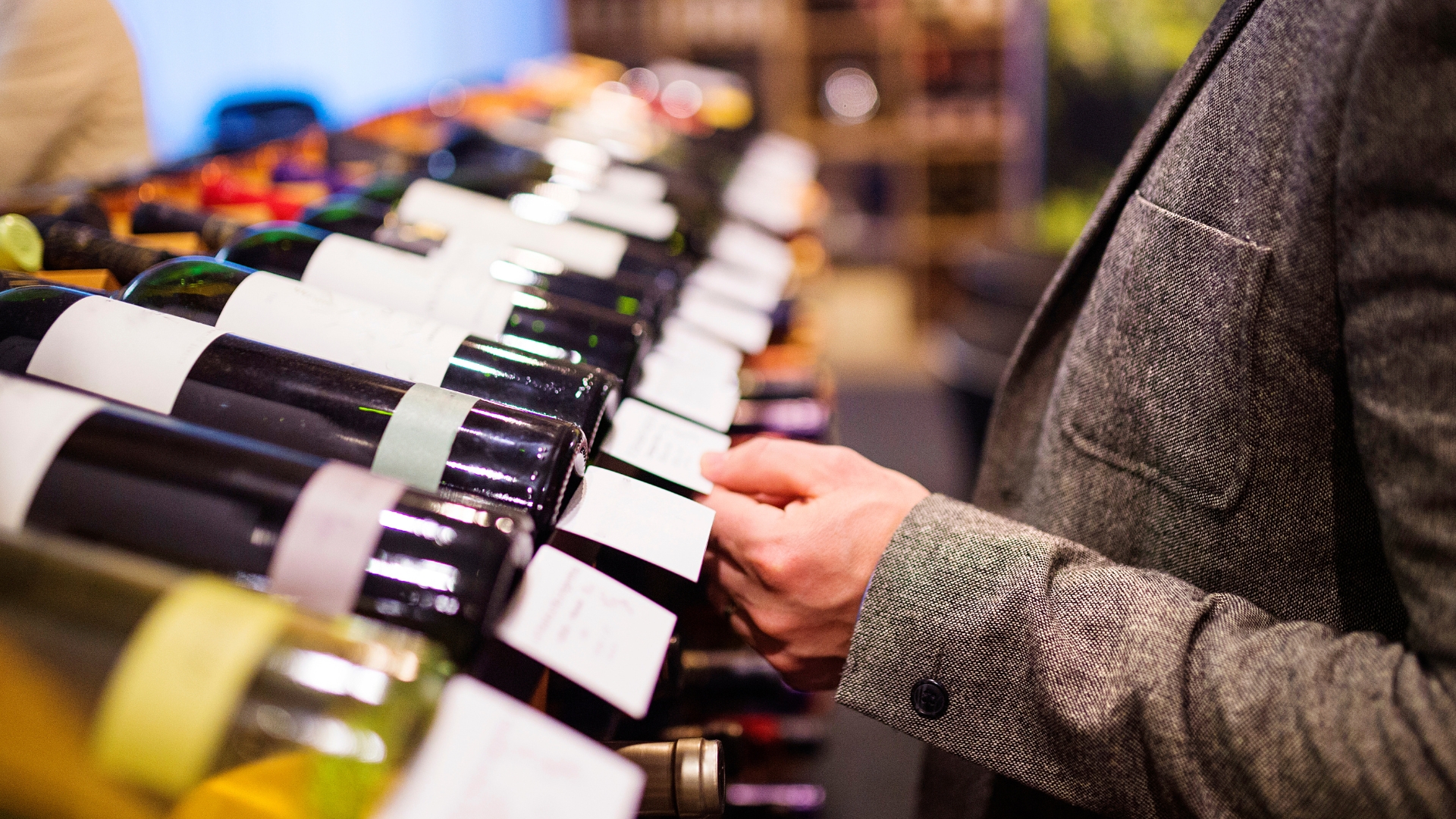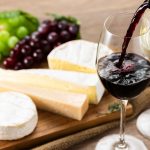All wines produced after December 8, 2023, must include nutritional information and a list of ingredients, with the option to provide the ingredient list electronically. Producers were aware, prepared, labels with QR codes were printed, and then the European Commission came up with an interpretation stating that the word "ingredients" must clearly and legibly accompany the QR code. This means that hundreds of millions of labels worldwide become useless overnight and need to be redone.
New EU rules on wine labeling, applicable from December 8, 2023
In the latest update, our partners at Tuca, Zbarcea and Associates reminded us of the enforcing of the new requirements for wine labeling. Even though the 2023 harvest has just finished fermentation, we were curious about what was new on this subject and were surprised to find ourselves in the midst of a much more serious problem.
Firstly, what do the new rules mean? Quoting from the communication by Tuca, Zbarcea, and Associates:
"Starting on December 8, 2023, the legal requirements for wine labeling, introduced by Regulation (EU) No. 2021/2117 of the European Parliament and of the Council of December 2, 2021, amending Regulation (EU) No. 1308/2013 establishing a common organization of the markets in agricultural products, Regulation (EU) No. 1151/2012 on quality schemes for agricultural products and food, Regulation (EU) No. 251/2014 defining, describing, presenting, labeling, and protecting geographical indications of aromatized wine products, and Regulation (EU) No. 228/2013 on specific measures in the agricultural sector for the benefit of the Union’s outermost regions ("Regulation").
Wines produced before December 8, 2023, can continue to be marketed on the European Union market in accordance with the labeling requirements applicable before this date until stocks are exhausted. According to the Regulation, after December 8, 2023, the continued marketing of existing wine stocks should be allowed until they are exhausted. In the case of wines imported into the European Union market, those imported before December 8, 2023, are considered to have been produced before this date and, therefore, they can be marketed until stocks are exhausted."
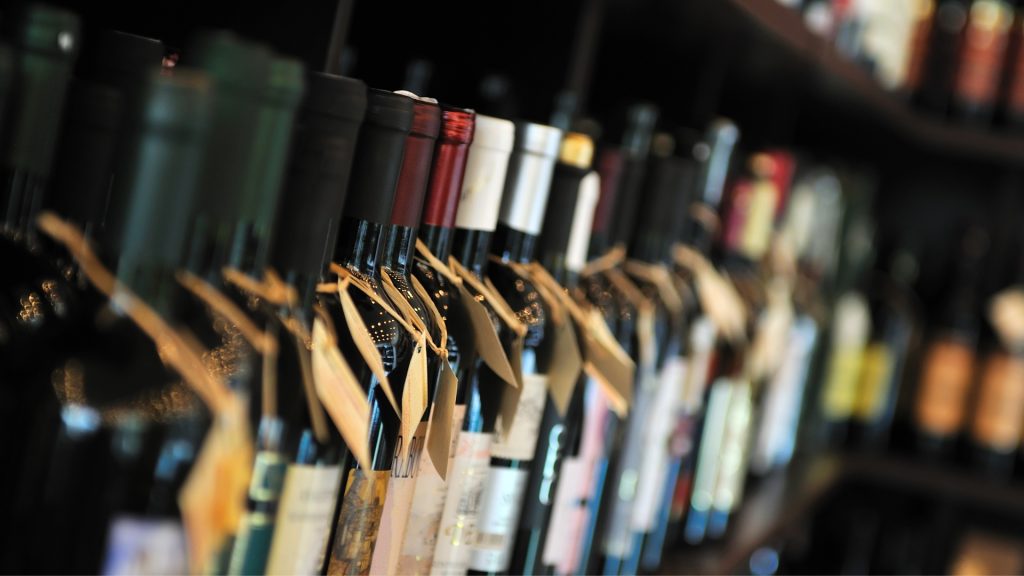
Ingredients can be declared electronically
From the perspective of the main legislative novelties provided by the Regulation, it becomes mandatory to provide consumers with information regarding the nutritional declaration and the list of wine ingredients. Producers have the option to limit the content of the nutritional declaration on the packaging or on the label applied to it only to the energy value and to make the full nutritional declaration and ingredient list available electronically, provided they avoid any collection or monitoring of user data and do not provide information for commercial purposes. In the case where the list of ingredients is presented electronically, all substances that cause allergies or intolerances must be indicated on the packaging or on the label applied to it, according to applicable legal norms.
The labeling requirements for wines from December 8, 2023, are detailed and are included in both specific wine sector legislation and general consumer information legislation."
What does the label have to inform on?
In a communication from November 24, just two weeks before the enforcing of the new rules, the European Union provides an interpretation of the norms, stating:
"What should be the form of the ingredient list?
Regarding the form of presentation of the list of ingredients, the general rules of the ICPA Regulation apply, as there are no specific rules established for wine. These rules are set out in Articles 18-22 of the ICPA Regulation (…).
Regarding the presentation of the list:
- The ingredient list is preceded by a title containing the word ‘ingredients.’
- The list displays the ingredients in descending order of weight, as recorded at the time of their use in the manufacture of the food product. Ingredients representing less than 2% of the finished product can be listed in a different order after the other ingredients.
- Ingredients are designated by their specific name, with exceptions provided in the ICPA Regulation and Delegated Regulation (EU) 2019/33 (e.g., ‘grapes,’ which refers to the raw material).
What does "ingredients” mean? Not only additives but also substances likely to cause allergies that have been used during the production process, especially casein and ovalbumin. In short, the list of ingredients must include all additives and technological adjuvants that cause allergies or intolerances used in the production of labeled wine and still present in the finished product."
What Does "Produced" Wine Mean?
OIV Expert Mirela Heizer explains on her Facebook page what the new rules refer to regarding wines:
"Wine ‘produced’ before December 8, 2023, is the wine that has accumulated ALL the characteristics found in the wine category to be marketed to the end consumer. It is considered ‘produced’ when there is no further intervention with oenological practices or treatments when it is bottled or marketed strictly for bottling purposes. This also includes wines that, following imports from third countries, are already in warehouses or on the EU market on the date of entry into force of the new regulations. Sparkling wines are considered to be ‘produced’ on December 8, 2023, if they have accumulated the specific overpressure of the category they are to be marketed in (min. 3 bars for sparkling wines, min. 1.5 bars for semi-sparkling wines), with the base wine for these wines not being subject to this regulation.Fortified/liqueur wines are considered to be ‘produced’ on December 8, 2023, only if alcohol or distillate for fortification has already been added to them, even if they are in tanks, bottles, or wooden vessels."
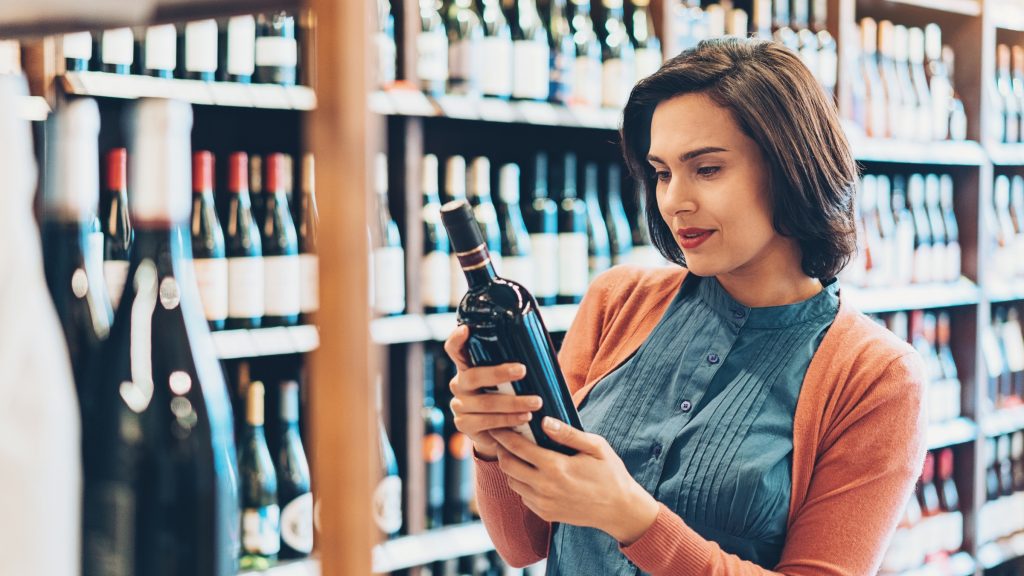
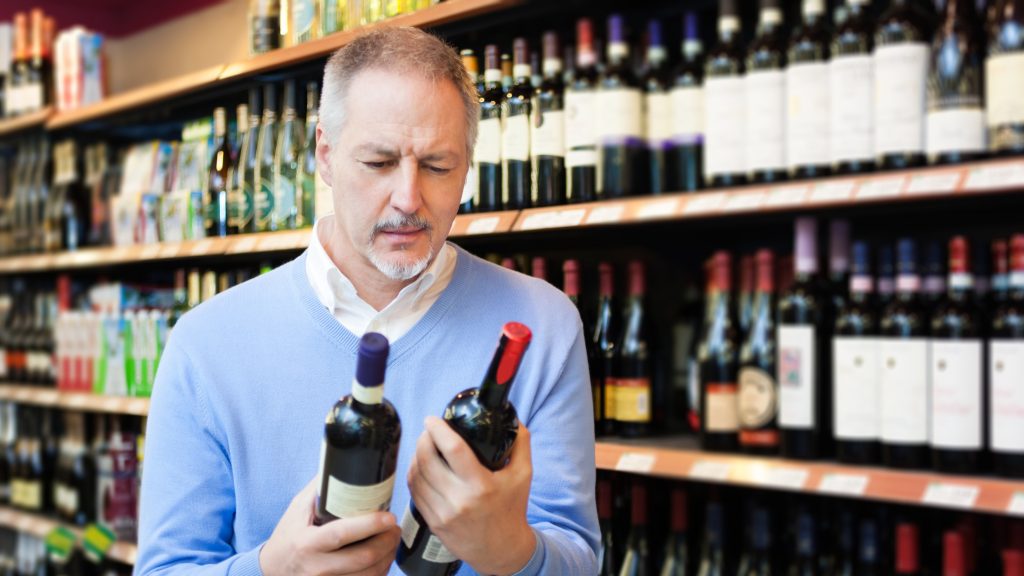
Hundreds of Millions of Labels to Be Lost
OIV expert Mirela Heizer also briefly presented the position of Mauricio González Gordon, President of the European Committee of Wine Companies (CEEV). We reproduce her post in full, with the mention that the subtitle belongs to the editorial team:
"The European Committee of Wine Companies (CEEV) warns that ‘hundreds of millions of labels will be destroyed following a last-minute change to wine labeling rules.’ The reason: a new interpretation, dated November 24, of EU legislation that affects how labels should look. The European Commission’s guidelines on the new wine labeling rules, published on November 24, include, just 2 weeks before the new rules come into effect, a new interpretation of EU legislation that affects how labels should look. The European Committee of Wine Companies (CEEV) calls for an urgent change to the guidelines to avoid the destruction of hundreds of millions of wine labels already printed or on the shelves."
"The CEEV emphasizes that ‘companies have welcomed this new regulation, which provides an adapted way of informing consumers, and have firmly committed to implementing it quickly.’ Mauricio González Gordon, President of the CEEV, comments: ‘Given the long lead times required for the preparation of information, the redesign of labels, and their printing, EU wine companies began preparing many months ago to meet the deadline. We estimate that to date, several hundred million labels have been printed, many of which are already on the shelves.’" "In good faith and in accordance with Regulation (EU) 2021/2117 and all official information available, the vast majority of wine operators have decided to identify QR codes with the ISO 2760 registered symbol, which is universally known to identify a location where information can be found. However, on November 24, the Commission published its guidelines, which contain a new interpretation of the PDO Regulation in the wine sector, stating that the presentation of a QR code must be clear to consumers regarding its content, that the QR code must be identified on the label with the term ‘ingredients,’ and adds uncertainty regarding the linguistic regime that must be applied."
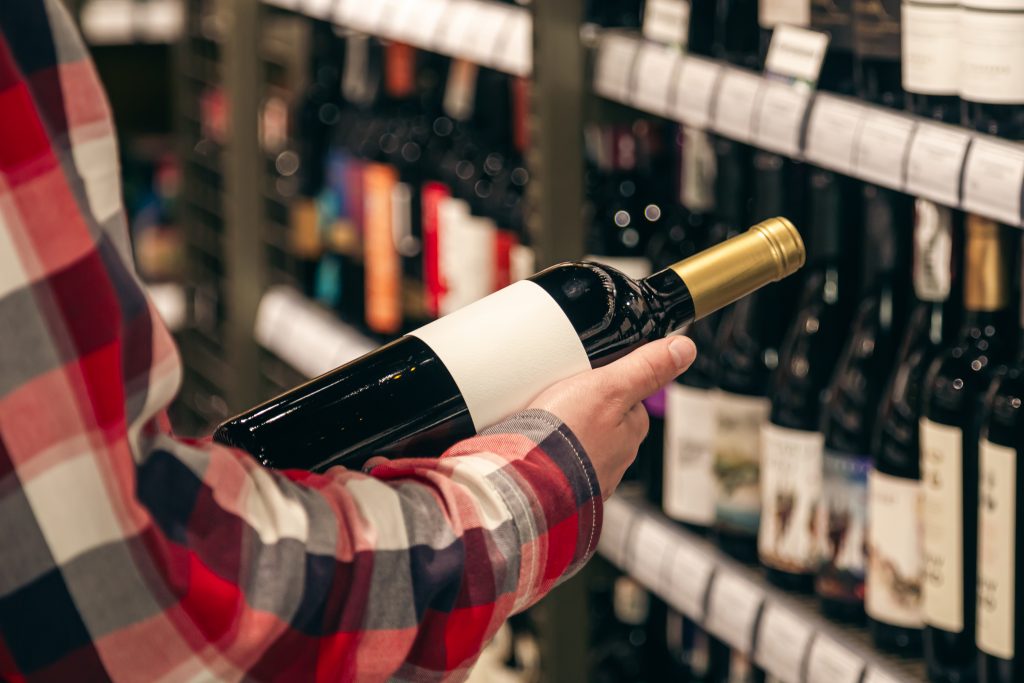
CEEV Disagrees with the Commission’s Interpretation
In the CEEV statement, it is stated that "the new interpretation by the Commission drastically undermines the principle of legal certainty and the legitimate expectations of economic operators and ignores the political will expressed by co-legislators through the adoption of Regulation (EU) 2021/2117. Publishing guidelines just 2 weeks before their entry into force makes it impossible for economic operators to adapt and also ignores the principle of proportionality between the free movement of goods, competitiveness, and consumer information."
"In the words of the President of the CEEV: ‘We cannot accept a new interpretation, published 14 days before the implementation date, which will mean, on the one hand, the destruction of hundreds of millions of labels already printed and, on the other hand, our inability to print new labels in time to meet the deadline of the new regulation. Therefore, we request the Commission to urgently modify the guidelines.’"
"Beyond the unrealistic schedule for publishing an interpretation that practically affects labeling practices, the CEEV disagrees with the Commission’s interpretation. In the same vein, the European Parliament’s Committee on Agriculture and Rural Development and several member states (including Spain, Italy, France, and Portugal) have officially communicated their concerns to the European Commission and expressed their support for the CEEV interpretation." (Source: OIV expert Mirela Gabriela Heizer’s Facebook page).

